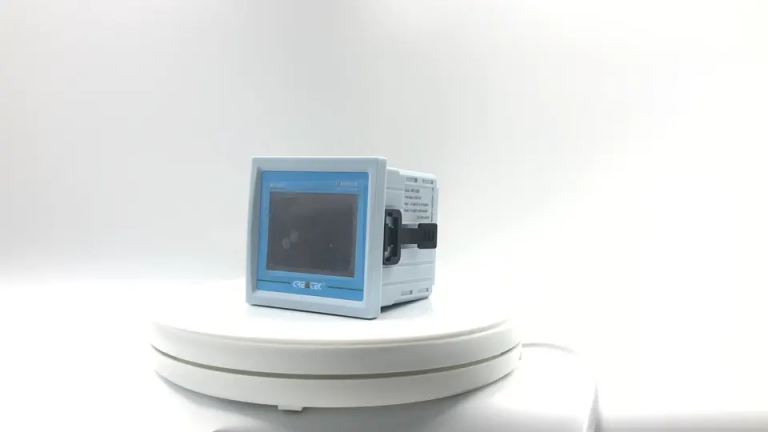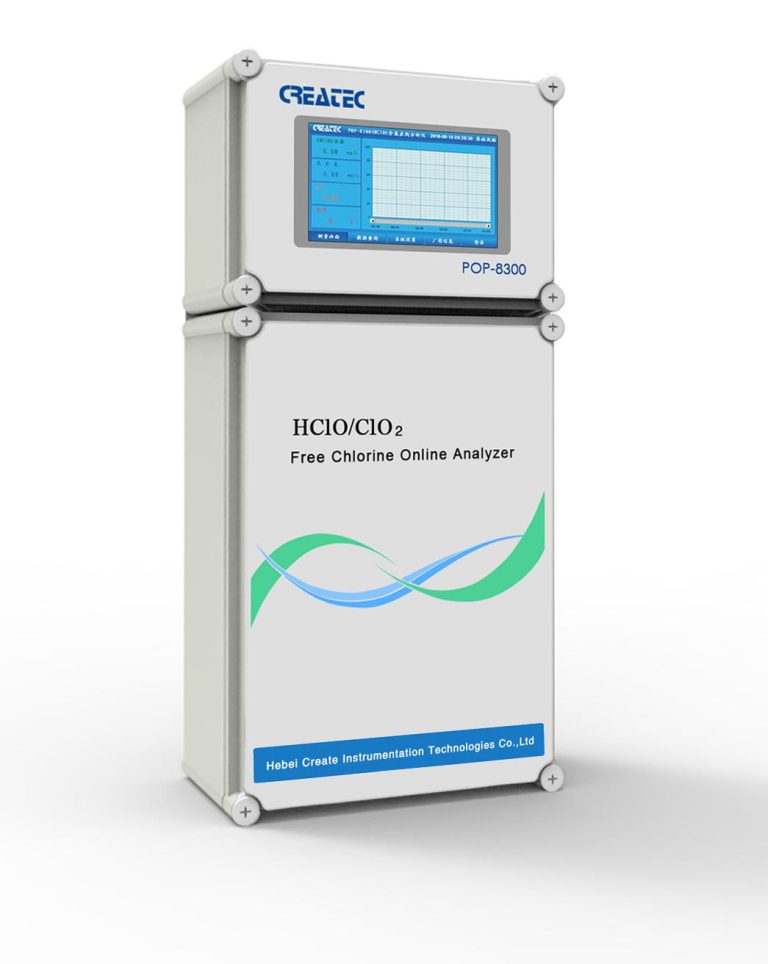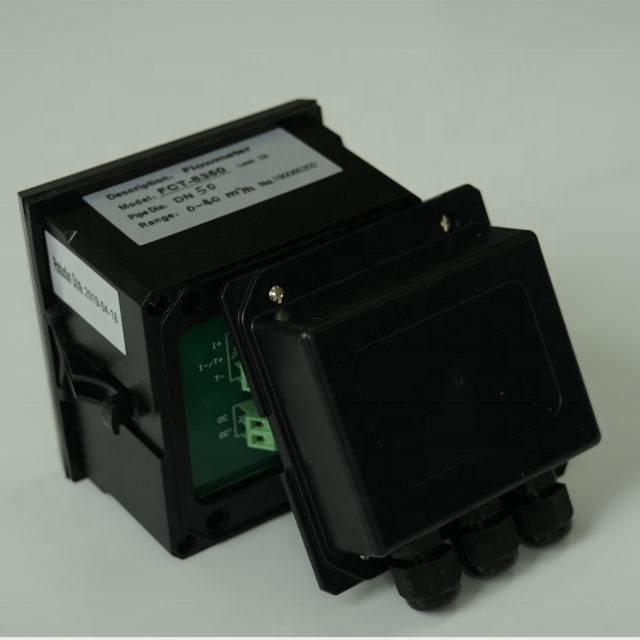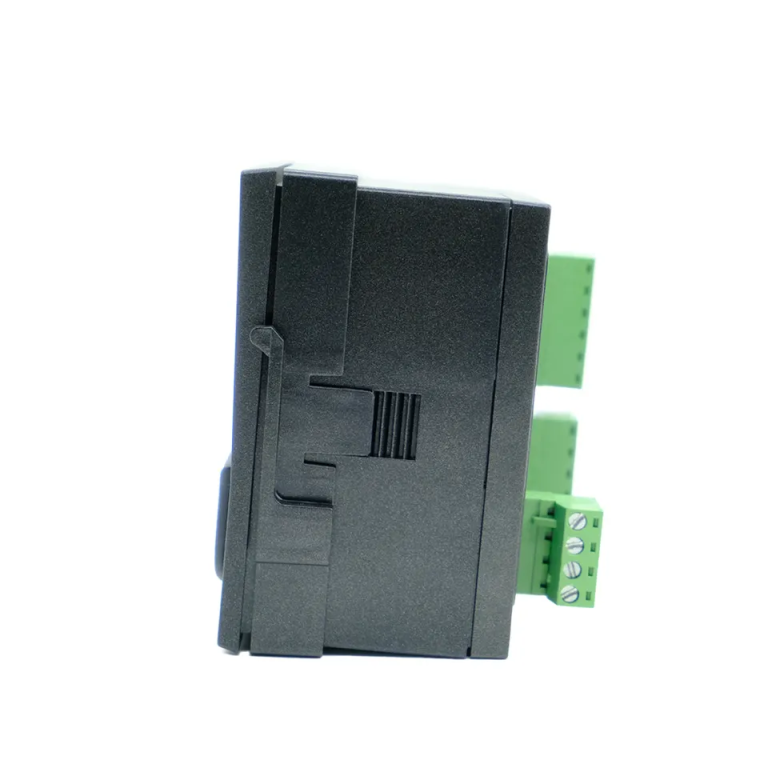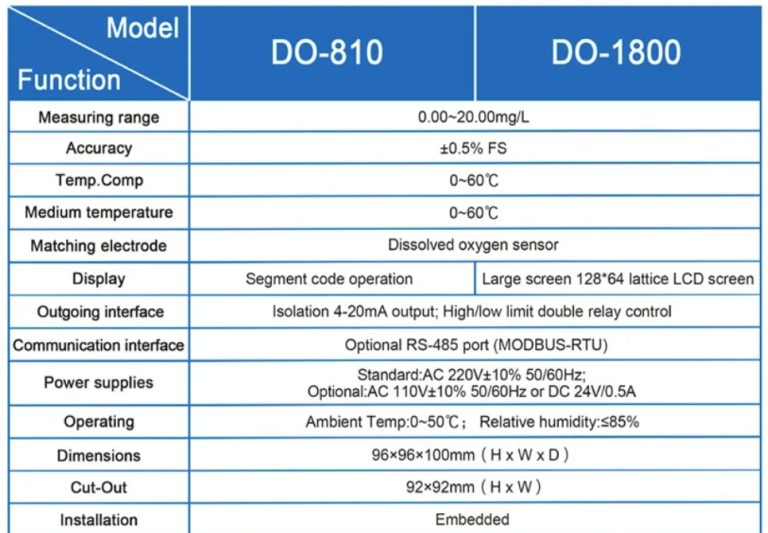Table of Contents
Benefits of Using a ph meter in Your Garden
A pH meter is a valuable tool for any gardener looking to maintain healthy soil and plants. This device measures the acidity or alkalinity of a substance, in this case, the soil in your garden. By understanding the pH level of your soil, you can make informed decisions about which plants to grow, how to fertilize them, and how to adjust the soil to create optimal growing conditions.
One of the key benefits of using a pH meter in your garden is the ability to accurately assess the health of your soil. Different plants thrive in different pH levels, so knowing the pH of your soil can help you choose the right plants for your garden. For example, blueberries prefer acidic soil with a pH between 4.5 and 5.5, while most vegetables grow best in slightly acidic to neutral soil with a pH between 6.0 and 7.0. By testing the pH of your soil with a meter, you can ensure that you are providing the best possible growing conditions for your plants.
In addition to helping you choose the right plants for your garden, a pH meter can also help you determine the best fertilization practices. Some nutrients are more readily available to plants at certain pH levels, so adjusting the pH of your soil can improve nutrient uptake and overall plant health. For example, if your soil is too acidic, adding lime can raise the pH and make essential nutrients like phosphorus and potassium more available to your plants. On the other hand, if your soil is too alkaline, adding sulfur can lower the pH and improve the availability of nutrients like iron and manganese.
Another benefit of using a pH meter in your garden is the ability to monitor changes in soil pH over time. Soil pH can fluctuate due to factors like rainfall, irrigation, and the decomposition of organic matter. By regularly testing the pH of your soil with a meter, you can track these changes and make adjustments as needed. For example, if you notice that the pH of your soil is gradually becoming more acidic, you can proactively add lime to prevent nutrient deficiencies and maintain healthy plant growth.
Using a pH meter in your garden can also help you troubleshoot problems with your plants. If your plants are not growing as well as expected, testing the pH of your soil can help you identify potential issues. For example, if your plants are showing signs of nutrient deficiencies, a low pH may be preventing them from absorbing essential nutrients. By testing the pH of your soil with a meter, you can quickly pinpoint the problem and take corrective action to improve plant health.
In conclusion, a pH meter is a valuable tool for any gardener looking to maintain healthy soil and plants. By accurately assessing the pH of your soil, you can choose the right plants, optimize fertilization practices, monitor changes over time, and troubleshoot problems with your plants. Investing in a pH meter for your garden is a wise decision that can help you achieve the best possible growing conditions and enjoy a bountiful harvest.
How to Properly Calibrate and Maintain Your pH Meter
A pH meter is a crucial tool for anyone working in a laboratory setting, whether it be in a research facility, a medical lab, or a school science classroom. This device measures the acidity or alkalinity of a solution, providing valuable information for a wide range of applications. However, in order for a pH meter to provide accurate and reliable results, it must be properly calibrated and maintained on a regular basis.
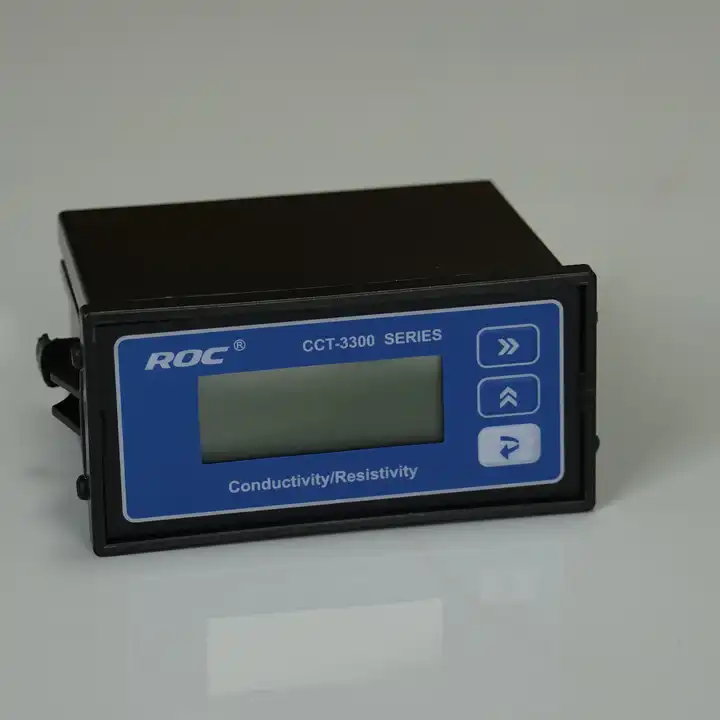
Calibrating a pH meter is a simple process that involves adjusting the device to ensure that it is accurately measuring the pH of a solution. Most pH meters come with calibration solutions that are specifically designed for this purpose. These solutions typically have a pH value of 4.01, 7.00, and 10.01, which cover the full range of pH values that a pH meter is likely to encounter.
To calibrate a pH meter, start by rinsing the electrode with distilled water to remove any residue that may be present. Next, immerse the electrode in the pH 7.00 calibration solution and allow it to stabilize. Once the reading has stabilized, adjust the calibration dial on the pH meter until it reads 7.00. Repeat this process with the pH 4.01 and 10.01 calibration solutions to ensure that the pH meter is accurately calibrated across the full range of pH values.
It is important to calibrate a pH meter regularly, as the electrode can drift over time, leading to inaccurate readings. Most manufacturers recommend calibrating a pH meter before each use to ensure the highest level of accuracy. Additionally, if a pH meter is used to measure solutions with extreme pH values, such as highly acidic or alkaline solutions, it may be necessary to calibrate the device more frequently.
| Product Model | MFC-8800 | |
| Communication port | The uplink slave channel Modbus RTU protocol RS485 port is connected with DTU and DCS | |
| Downlink master channel RS485 port of Modbus RTU protocol is connected with data acquisition terminal | ||
| 4~20mA\\u00a0output | 1 channel two-wire type \\u00a0Maximum loop resistance 400\\u03a9 | |
| 4~20mA\\u00a0Input | \\u00a02 channel channel two-wire type\\uff08\\u00a0initiative feed\\uff09 | |
| DI\\u00a0Input | \\u00a0\\u00a0\\u00a0\\u00a0\\u00a0\\u00a0\\u00a0\\u00a0\\u00a0\\u00a0\\u00a0\\u00a0\\u00a0\\u00a0\\u00a0\\u00a0\\u00a02channels Photoelectric isolation logic switch | |
| DO Output | 3\\u00a0channels relay | 1\\u00a0SPDT \\u00a0AC220V\\uff1b 3A(MAX) |
| \\uff08only for drive signal\\uff09 | 2\\u00a0SPST \\u00a0AC220V\\uff1b 3A(MAX) | |
| 1channel \\u00a0Photoelectric switch \\u00a0\\u00a0 | Proportional pulse/frequency | |
| \\u00a0Load capacity\\uff1a100mA/DC30V | ||
| \\u00a0Data acquisition | Data acquisition collection\\uff0cwith 3\\u00a0channels DC24V sensor power supply \\u00a0 | |
| Display mode | 3.5\\u201d\\uff08or 4\\u201d\\uff09colorful LCD\\u00a0touch screen | |
| Power supply | Wide power range \\uff1a\\uff0812-24\\uff09V | |
| Consumption | <5W | |
| Environment requirements | Environment temp\\uff1a\\uff085~45\\uff09\\u2103\\uff1b \\u00a0relative humidity\\uff1a\\u226490%\\u3002 | |
| Hole dimension | \\uff0891\\u00d791\\uff09mm\\u00a0hole dimension\\uff1bpanel dimension\\uff08100*100\\uff09mm | |
In addition to calibration, proper maintenance of a pH meter is essential to ensure its longevity and accuracy. After each use, rinse the electrode with distilled water to remove any residue that may be present. Do not use tap water, as it may contain impurities that can affect the accuracy of the pH meter. Store the electrode in a storage solution or a pH 4.01 calibration solution to keep it hydrated and prevent it from drying out.
It is also important to regularly check the condition of the electrode and replace it if it shows signs of wear or damage. A damaged electrode can lead to inaccurate readings and compromise the results of your experiments. Most manufacturers recommend replacing the electrode every 6-12 months, depending on the frequency of use and the conditions in which the pH meter is used.
By properly calibrating and maintaining your pH meter, you can ensure that it provides accurate and reliable results for all of your experiments. Regular calibration and maintenance will not only extend the life of your pH meter but also ensure that you are getting the most accurate measurements possible. Remember to follow the manufacturer’s instructions for calibration and maintenance to get the best results from your pH meter.


